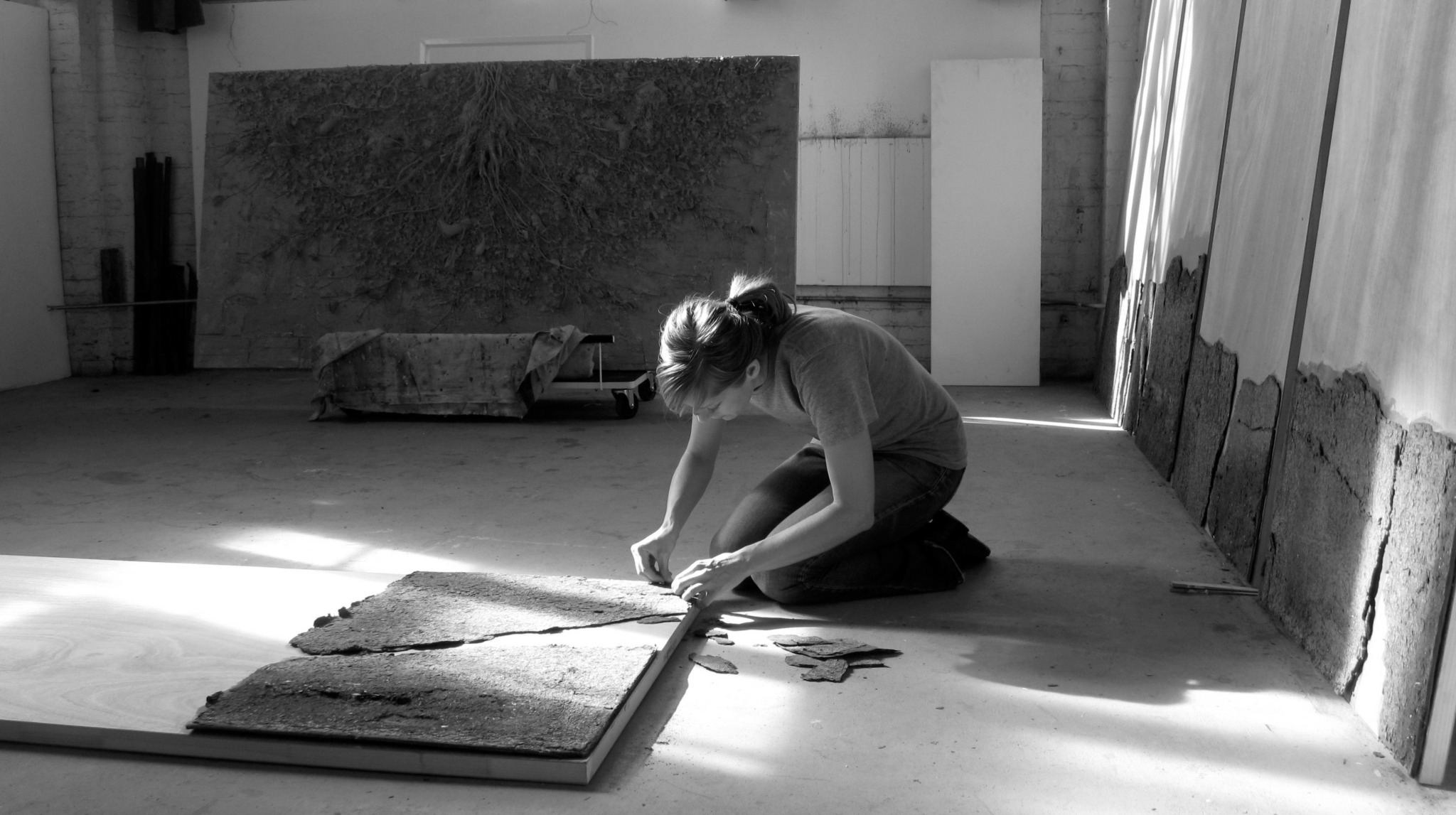We’re excited to introduce you to the always interesting and insightful Brenda Stumpf. We hope you’ll enjoy our conversation with Brenda below.
Brenda, thanks for taking the time to share your stories with us today Earning a full time living from one’s creative career can be incredibly difficult. Have you been able to do so and if so, can you share some of the key parts of your journey and any important advice or lessons that might help creatives who haven’t been able to yet?
Yes. I do make a full-time living from my creative work, but it definitely didn’t start that way. My path has been a long, nonlinear evolution built on persistence, experimentation, and learning to treat my studio as much a business as a sanctuary for making art.
In the early years, I held multiple side jobs while building my portfolio and showcasing my work wherever I could, in small galleries, local exhibitions, and opportunities that barely covered the cost of materials. What kept me going was the conviction that I needed to give my art the time and space to grow. Over time, as the work deepened, so did the opportunities: exhibitions, representation, collectors who returned year after year.
A significant turning point occurred during the COVID-19 pandemic, when I relocated from Pennsylvania to Colorado. I left my studio, my network, and every structure that had been supporting my career. It was terrifying starting over. But that reset forced me to think differently. I became more proactive about sharing my process, building relationships, leveraging social media, and expanding the ways people could access my work. That shift opened new doors, including more direct sales from my studio and online.
Could I have sped up the process? Maybe—but only if I had embraced the business side of art sooner. Learning how to speak about my work, price it, market it, build an audience, and nurture relationships with collectors was just as important as the art itself. If I had understood that earlier, the timeline might have shortened.
But the slower years were also necessary. They gave me time to refine my voice, develop bodies of work I’m proud of, and build a career rooted in integrity, not urgency.
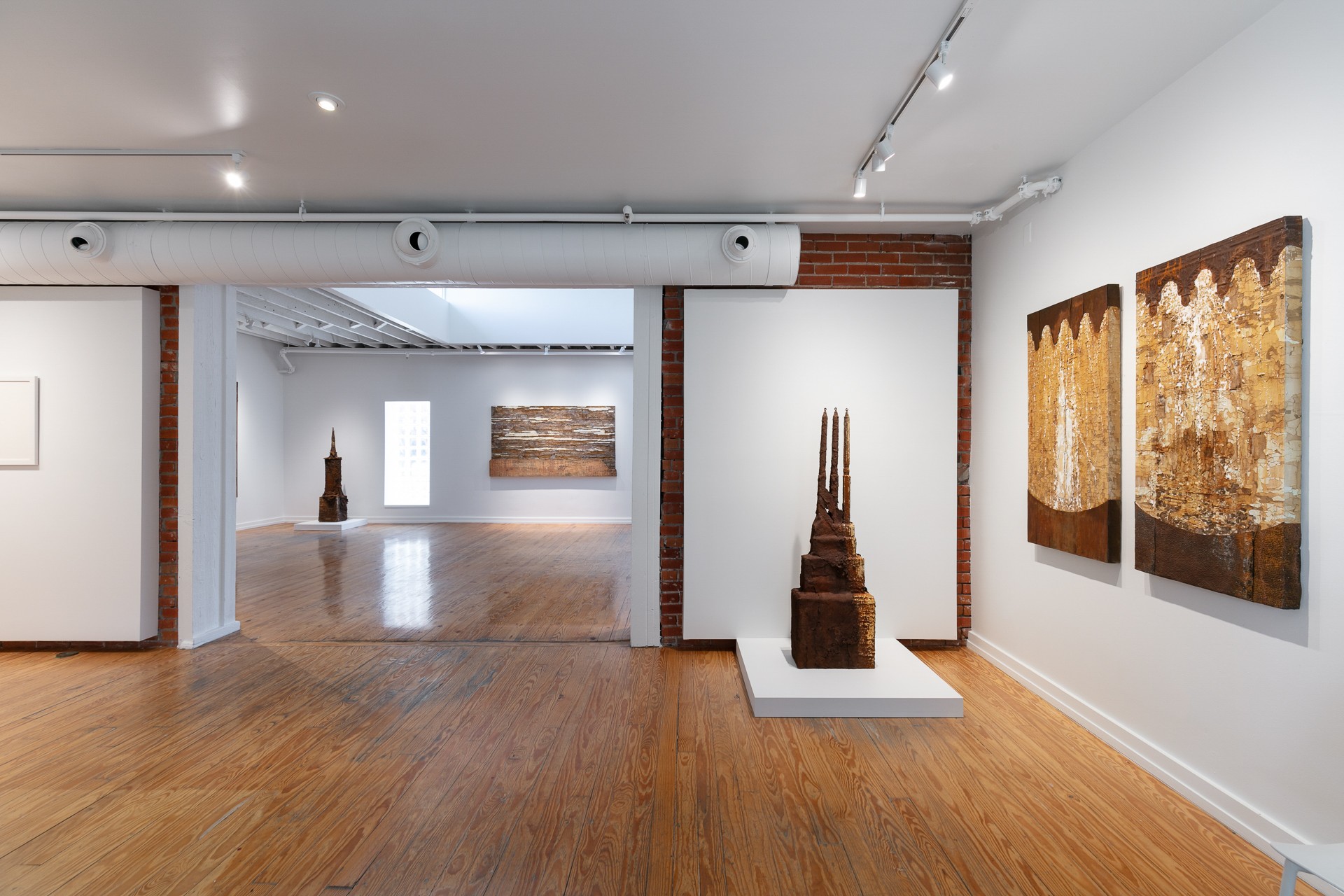
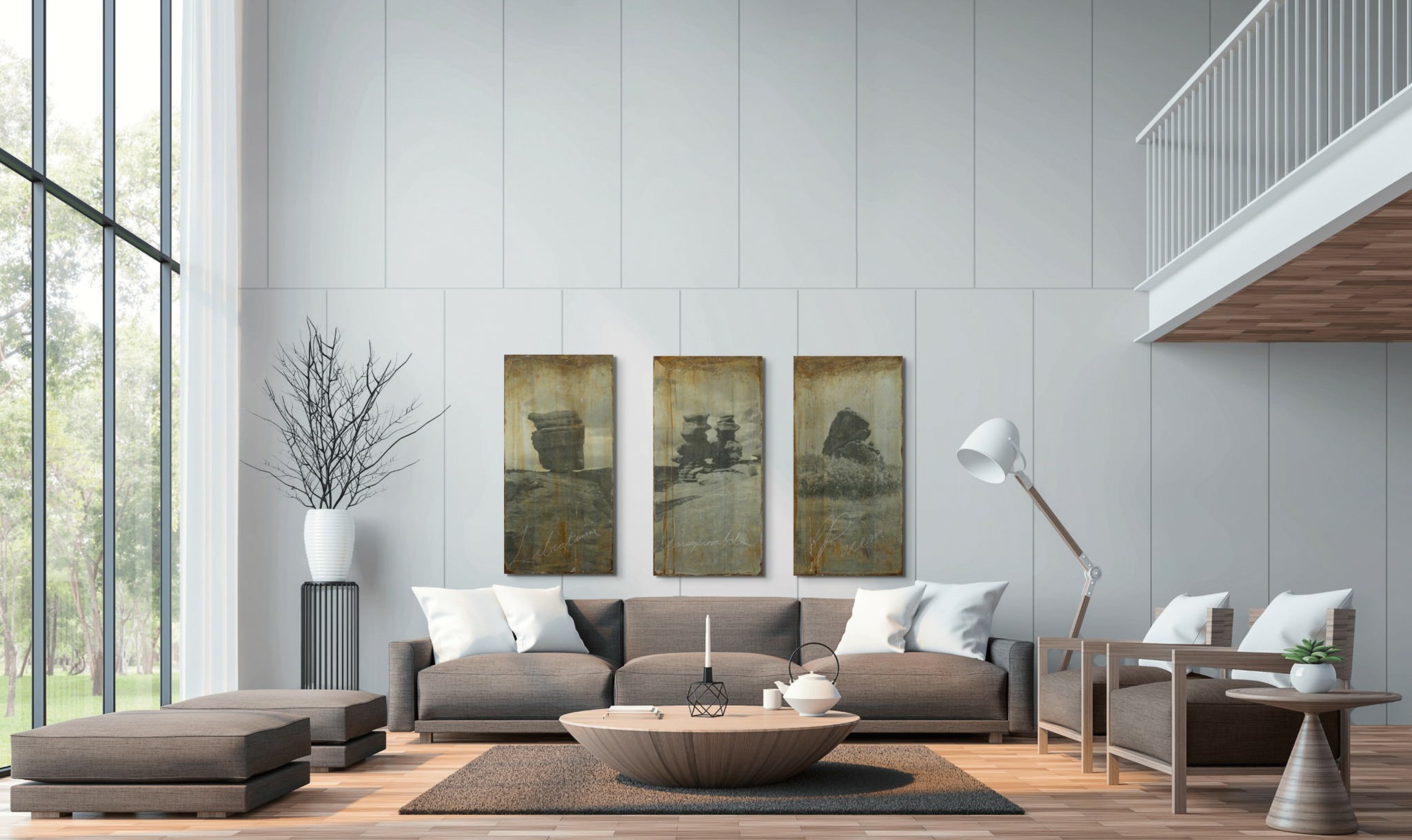
Brenda, before we move on to more of these sorts of questions, can you take some time to bring our readers up to speed on you and what you do?
I’m Brenda Stumpf, a contemporary artist working in sculpture and image transfer from my studio in Colorado. My work explores memory, history, and the unseen narratives that live inside objects and images. I’ve been creating professionally for over thirty years, with my work featured in private and corporate collections and exhibited nationally.
I knew I was an artist when I was six. That certainty never wavered. I received a partial scholarship to the Columbus College of Art and Design and attended for two years before realizing I needed to learn by doing, not just by studying. I left to take my first art job painting promotional displays, and that led to exhibiting, winning awards, and then assisting an iconographer—an experience that shaped my understanding of scale, process, and project planning.
From there, I followed the work. I moved to Brooklyn, then to Denver, then to Pittsburgh, and finally back to Colorado—all in pursuit of growth and opportunity. My career developed through exhibitions, solo shows, public commissions, and moments of validation, such as having work juried by Jerry Saltz and being included in exhibits connected to major institutions like The Andy Warhol Museum, The New Mexico Arts Acclaimed Artist Series, and The Westmoreland Museum of American Art.
Today, my practice includes:
Fine Art. Sculptural and image-transfer works that excavate memory, myth, and the emotional residue of time.
Custom Commissions. One-of-a-kind image transfer works created from clients’ personal photographs and ephemera, transforming their stories into lasting art.
What sets my work apart is the process: I don’t “make” an image so much as unearth it. Each piece is layered, buried, and revealed, more like excavation than fabrication. Clients and collectors often tell me the final work feels like a memory resurfacing.
I am most proud that the work is emotionally resonant. Whether someone collects my fine art or commissions a personal piece, I want them to experience a sense of mystery for the story hidden within the artwork.
At the end of the day, I want people to know this:
I make art that outlives trends, that honors meaning, and that invites curiosity. Every piece is built slowly, intentionally, and with reverence for the story it carries.

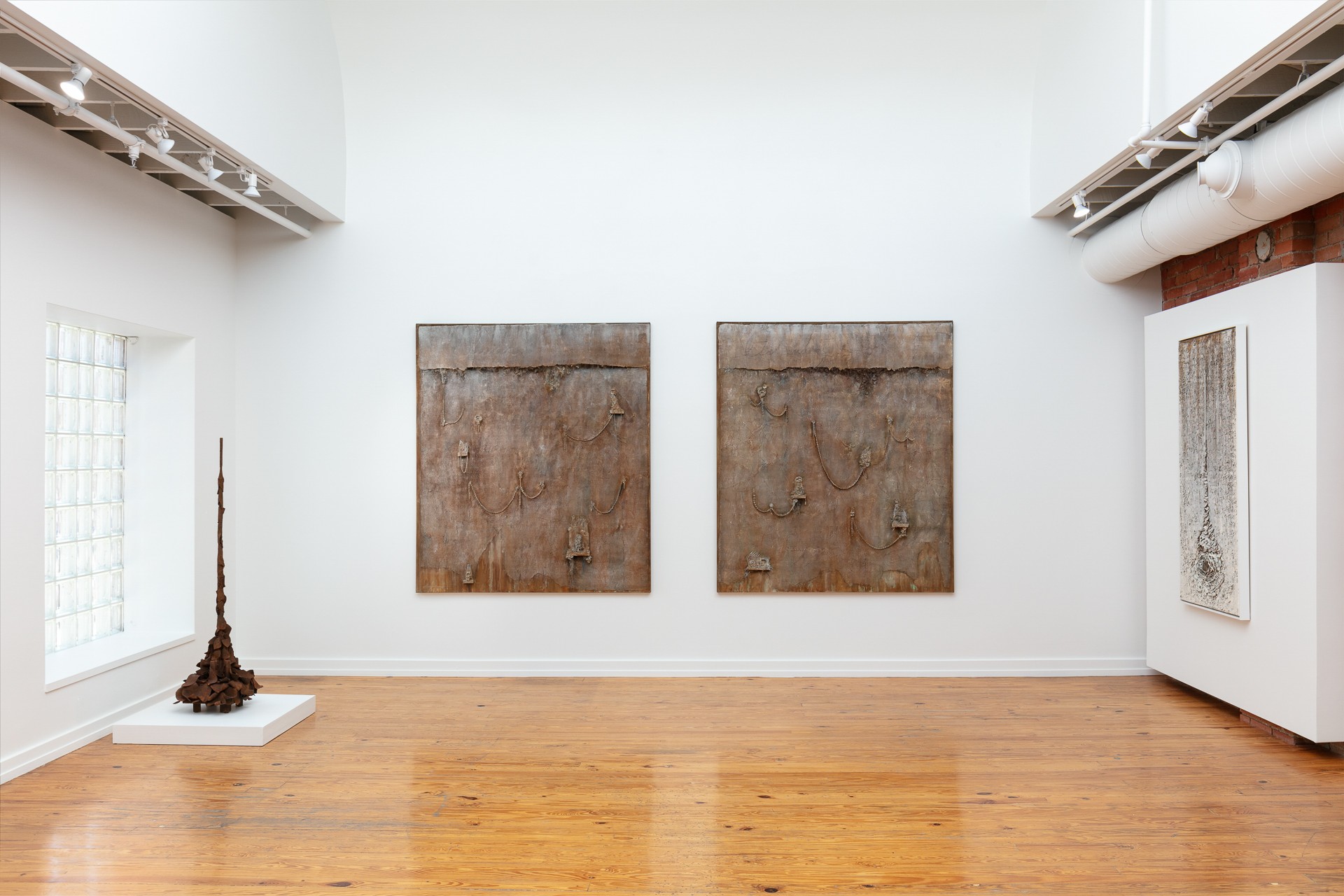
Can you share a story from your journey that illustrates your resilience?
A story that stands out to me is the decision I made during the COVID-19 pandemic to move back to Colorado from Pennsylvania. On paper, it looked like a terrible time to uproot my life—galleries were closed, exhibitions were canceled, and no one knew what the future of the art world would look like. Personally, the move meant leaving my home, my studio, and the community I had spent years cultivating. I arrived in Denver with no studio and no concrete plan. It felt like starting from zero.
I spent months working on my dining room table in a tiny temporary space to keep the momentum alive. I reached out to curators, reconnected with old contacts, and shared my process online for the first time. Slowly, opportunities returned—exhibitions, interviews, and eventually a studio where I could produce large work again. That leap into the unknown led to some of the strongest years of my career, including multiple solo shows and new collectors across the country.
Resilience isn’t always loud or glamorous. Sometimes it looks like showing up to work when everything in your life has been dismantled, trusting that the act of creating will rebuild the rest.
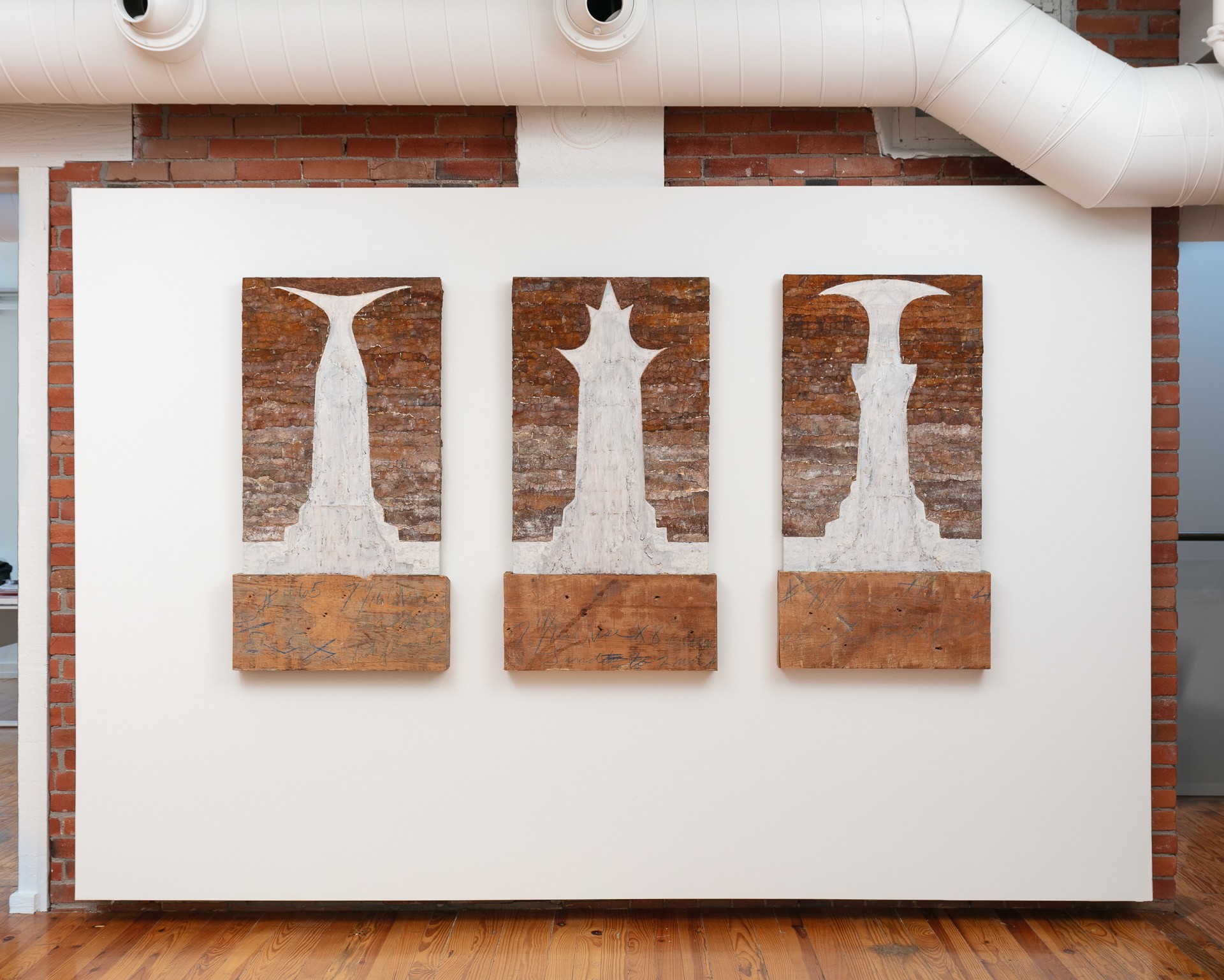
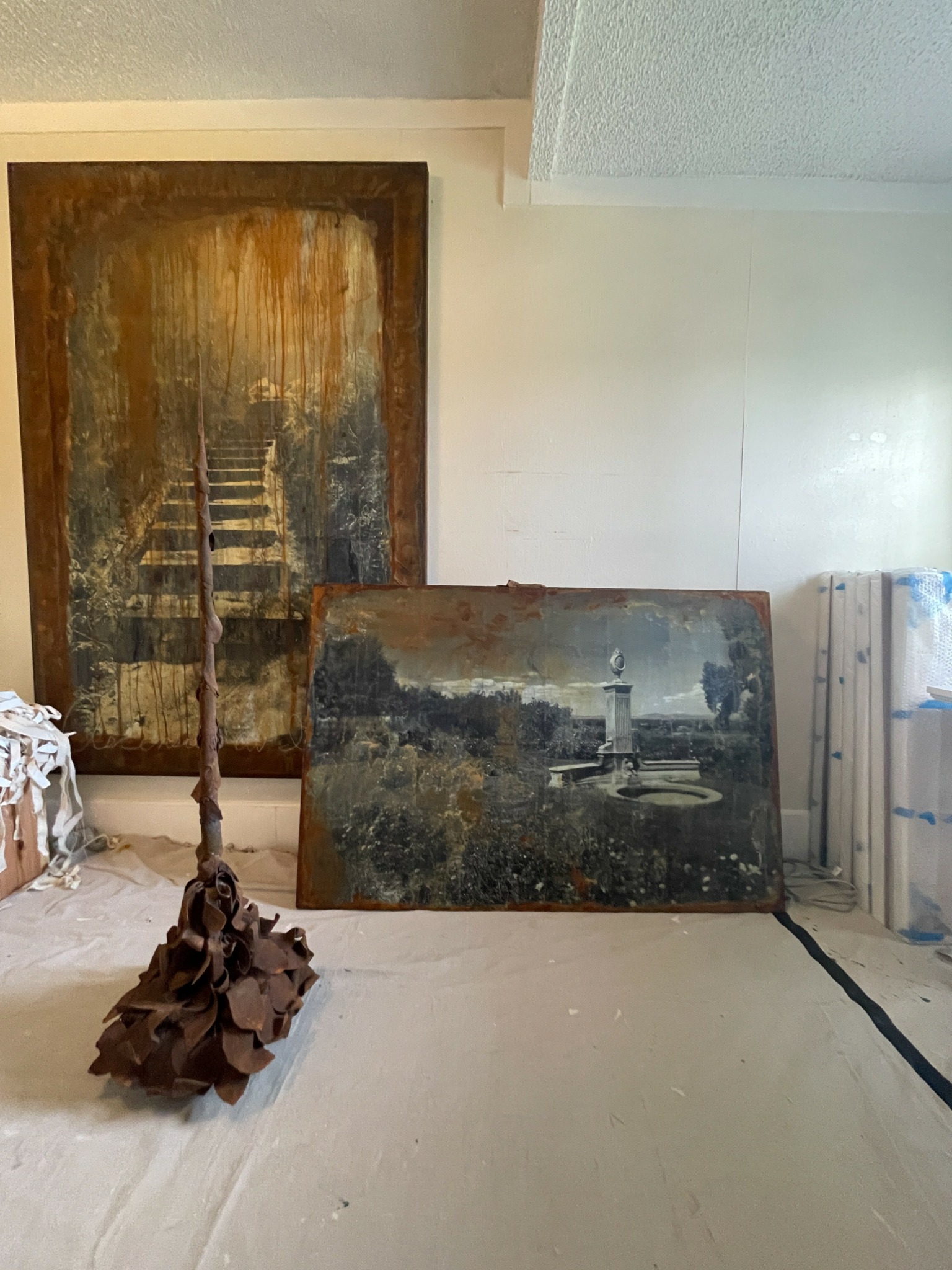
What can society do to ensure an environment that’s helpful to artists and creatives?
I think the most meaningful way society can support a thriving creative ecosystem is by showing up—literally. See art in person. Step into local galleries, artist-run spaces, and open studios. Screens can never replace the experience of standing in front of a piece and feeling its presence, its scale, its texture.
And beyond that: buy original art.
Purchasing work from a living artist or from a local gallery isn’t just a transaction. It’s a vote for culture. It keeps studio lights on, allows artists to take creative risks, and strengthens the entire art community. When people choose mass-produced décor over original art, they bypass the deeper purpose of collecting: investing in meaning, story, and human connection.
A thriving creative ecosystem happens when art isn’t only consumed, but valued.
Go to openings. Talk to the artists. Follow galleries that champion emerging voices. Instead of asking for discounts, ask about the story behind the work. If someone can afford to spend money on dinner and a movie, or make an impulse purchase online, they can also support an artist whose work will last a lifetime.
The more we engage, the more the arts thrive.
Contact Info:
- Website: https://brendastumpf.com
- Instagram: @brenda_stumpf
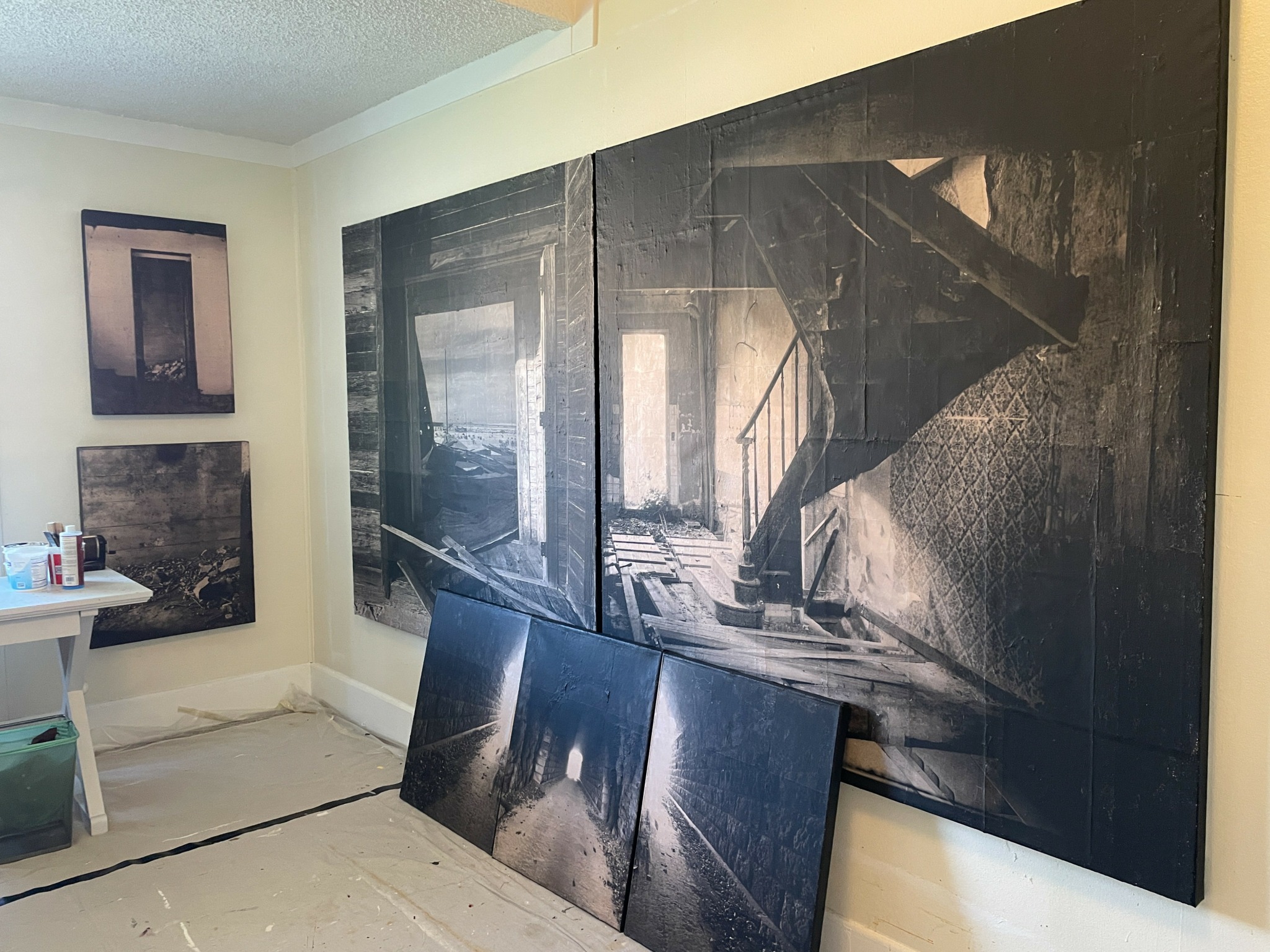
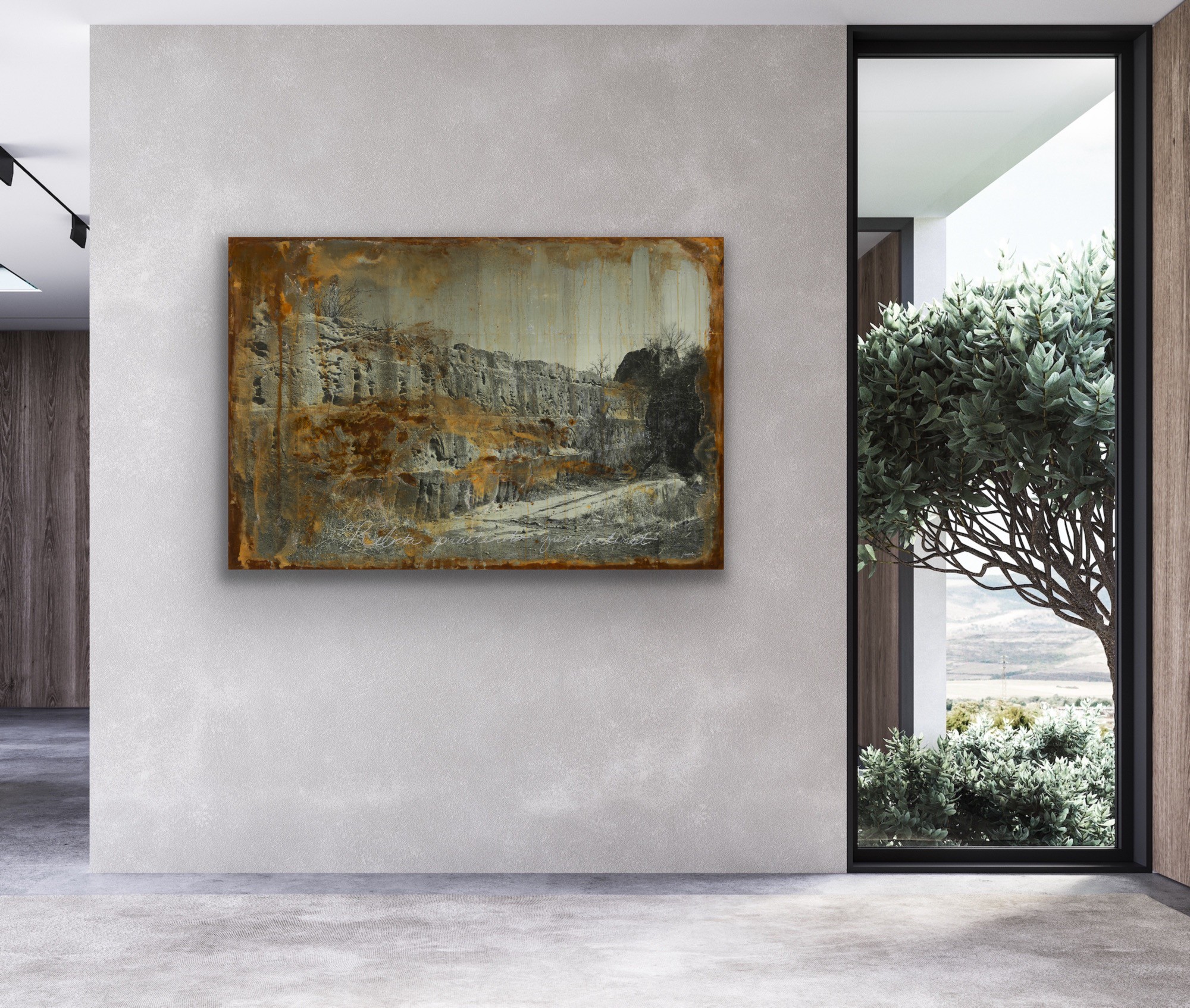
Image Credits
Wes Magyar (for the gallery installation images)


